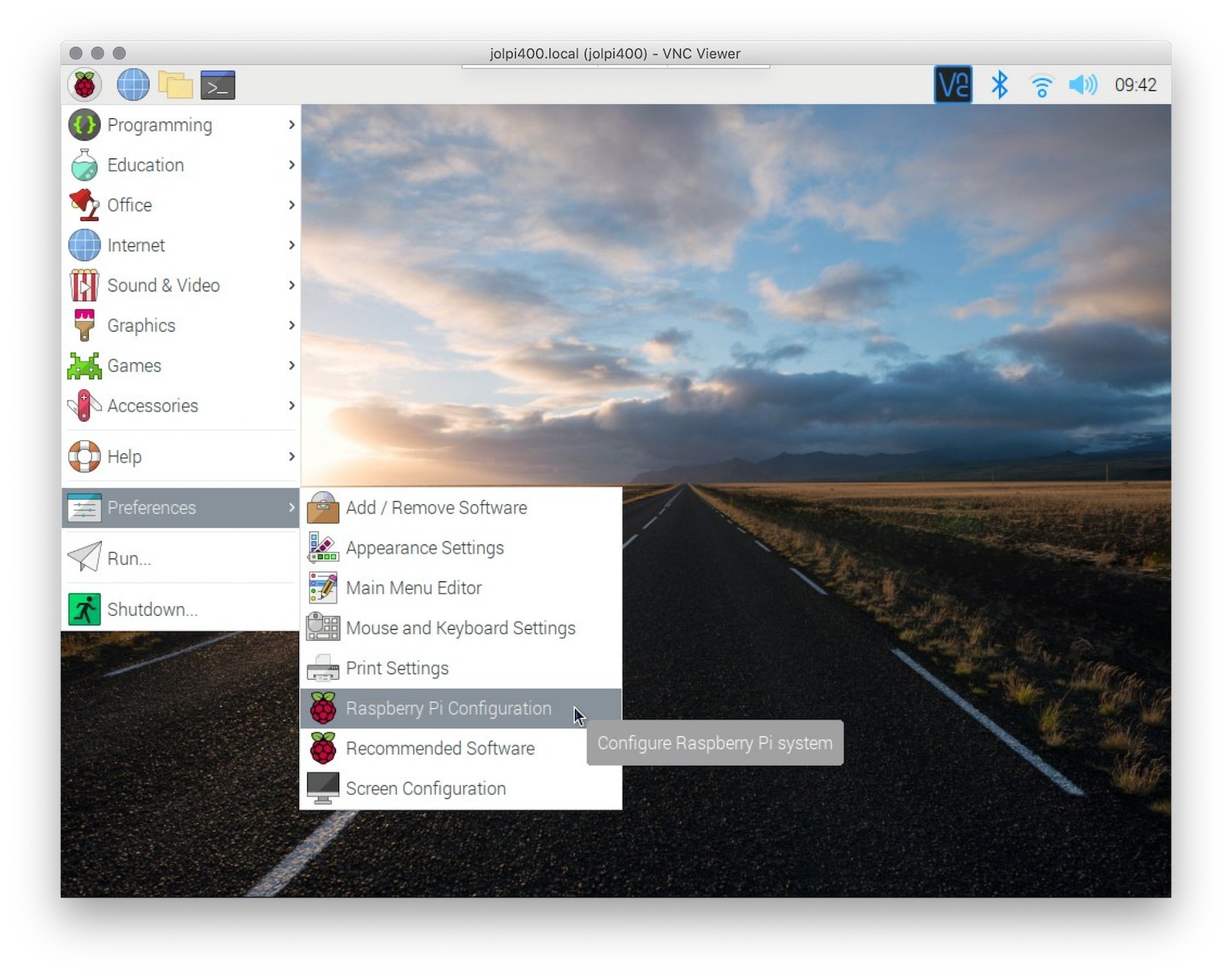RemoteIoT Platform SSH Key Raspberry Pi: A Comprehensive Guide
Managing remote devices like Raspberry Pi can be challenging, especially when it comes to ensuring secure access. One of the most effective ways to achieve this is through the use of SSH keys. RemoteIoT, a leading platform for remote device management, provides a seamless solution for managing SSH keys on Raspberry Pi devices. This guide will explore how RemoteIoT simplifies SSH key management, enhances security, and improves the overall efficiency of remote device operations. Whether you're a developer, IT professional, or hobbyist, understanding how to leverage SSH keys with RemoteIoT can significantly enhance your Raspberry Pi projects.
SSH (Secure Shell) keys are a pair of cryptographic keys used to authenticate and secure connections between devices. They are widely regarded as a more secure alternative to password-based authentication. For Raspberry Pi users, SSH keys provide a convenient way to access and manage devices remotely without compromising security. RemoteIoT takes this a step further by offering a centralized platform for managing SSH keys across multiple devices, making it easier to maintain secure connections and streamline workflows.
In this article, we will delve into the importance of SSH keys, how they work with Raspberry Pi, and the role of RemoteIoT in simplifying their management. We'll also explore the benefits of using RemoteIoT for SSH key management, provide a step-by-step guide to setting up SSH keys, and discuss best practices for maintaining security. By the end of this guide, you'll have a comprehensive understanding of how to use RemoteIoT to manage SSH keys on your Raspberry Pi devices effectively.
Table of Contents
- Introduction to SSH Keys
- Why Use SSH Keys with Raspberry Pi?
- RemoteIoT Platform Overview
- Setting Up SSH Keys on Raspberry Pi
- Integrating RemoteIoT with Raspberry Pi
- Managing SSH Keys with RemoteIoT
- Security Best Practices
- Advanced Features of RemoteIoT
- Troubleshooting Common Issues
- Conclusion
Introduction to SSH Keys
SSH keys are a fundamental component of secure remote access. They consist of two parts: a private key and a public key. The private key is kept secure on your local machine, while the public key is uploaded to the server or device you want to access. When you attempt to connect, the server verifies the private key against the public key, ensuring that only authorized users can access the device.
Compared to traditional password-based authentication, SSH keys offer several advantages:
- Enhanced Security: SSH keys are nearly impossible to brute-force, making them more secure than passwords.
- Convenience: Once set up, SSH keys eliminate the need to enter passwords for every connection.
- Automation: SSH keys can be used in scripts and automation tools without exposing sensitive credentials.
For Raspberry Pi users, SSH keys are particularly valuable because they simplify the process of managing remote connections. Whether you're deploying IoT devices, running servers, or experimenting with projects, SSH keys provide a reliable way to ensure secure access.
Why Use SSH Keys with Raspberry Pi?
Raspberry Pi devices are widely used for a variety of applications, from home automation to industrial IoT solutions. However, their small size and portability can make them vulnerable to unauthorized access. Using SSH keys with Raspberry Pi enhances security and simplifies device management in several ways:
- Prevent Unauthorized Access: SSH keys provide a robust layer of security, reducing the risk of brute-force attacks.
- Streamline Remote Access: With SSH keys, you can quickly connect to your Raspberry Pi without entering passwords repeatedly.
- Support IoT Deployments: In IoT applications, SSH keys enable secure communication between devices and centralized management systems.
Additionally, SSH keys are compatible with most Raspberry Pi operating systems, including Raspberry Pi OS, making them a versatile solution for securing your devices.
RemoteIoT Platform Overview
RemoteIoT is a cloud-based platform designed to simplify the management of remote devices, including Raspberry Pi. It offers a range of features that make it easier to deploy, monitor, and secure IoT devices. Some of the key features of RemoteIoT include:
- Centralized Device Management: Manage multiple devices from a single dashboard.
- Secure Remote Access: Use SSH keys and other authentication methods to ensure secure connections.
- Real-Time Monitoring: Track device performance and receive alerts for potential issues.
- Automation Tools: Automate routine tasks and streamline workflows.
By integrating RemoteIoT with your Raspberry Pi devices, you can take advantage of these features to enhance security, improve efficiency, and reduce the complexity of managing remote devices.
Setting Up SSH Keys on Raspberry Pi
Setting up SSH keys on a Raspberry Pi is a straightforward process. Follow these steps to generate and configure SSH keys:
Step 1: Generate SSH Keys
Open a terminal on your local machine and run the following command to generate a new SSH key pair:
ssh-keygen -t rsa -b 4096
This command creates a 4096-bit RSA key pair. You'll be prompted to specify a file location and passphrase for added security.
Step 2: Copy the Public Key to Raspberry Pi
Use the following command to copy the public key to your Raspberry Pi:
ssh-copy-id pi@your_raspberry_pi_ip
Replace "your_raspberry_pi_ip" with the actual IP address of your Raspberry Pi.
Step 3: Test the Connection
Verify that the SSH key is working by connecting to your Raspberry Pi:
ssh pi@your_raspberry_pi_ip
If everything is set up correctly, you should be able to log in without entering a password.
Integrating RemoteIoT with Raspberry Pi
Integrating RemoteIoT with your Raspberry Pi devices involves a few simple steps:
Step 1: Create a RemoteIoT Account
Sign up for a RemoteIoT account at their official website. Once registered, log in to the platform.
Step 2: Add Your Raspberry Pi Device
From the RemoteIoT dashboard, click on "Add Device" and follow the instructions to register your Raspberry Pi. You'll need to provide the device's IP address and other relevant details.
Step 3: Configure SSH Key Management
Use the RemoteIoT interface to upload and manage SSH keys for your Raspberry Pi. This ensures that all devices are secured with the appropriate keys.
Managing SSH Keys with RemoteIoT
RemoteIoT simplifies the process of managing SSH keys across multiple Raspberry Pi devices. Here's how you can use the platform to streamline key management:
- Centralized Key Storage: Store all SSH keys in one place for easy access and management.
- Automated Key Deployment: Deploy SSH keys to multiple devices simultaneously, saving time and effort.
- Key Rotation and Revocation: Regularly update and revoke SSH keys to maintain security.
By leveraging RemoteIoT's SSH key management features, you can ensure that your Raspberry Pi devices remain secure and accessible at all times.
Security Best Practices
To maximize the security of your Raspberry Pi devices, consider implementing the following best practices:
- Use Strong Passphrases: Protect your private SSH keys with strong, unique passphrases.
- Limit SSH Access: Restrict SSH access to specific IP addresses or networks.
- Regularly Update Keys: Periodically generate new SSH keys and replace old ones.
- Monitor Access Logs: Keep an eye on SSH access logs to detect and respond to suspicious activity.
By adhering to these practices, you can minimize the risk of unauthorized access and ensure the long-term security of your devices.
Advanced Features of RemoteIoT
RemoteIoT offers several advanced features that can further enhance the management of your Raspberry Pi devices:
- Device Grouping: Organize devices into groups for easier management and monitoring.
- Custom Alerts: Set up custom alerts for specific events, such as device downtime or security breaches.
- API Integration: Use RemoteIoT's API to integrate with other tools and platforms.
These features make RemoteIoT a powerful solution for managing complex IoT deployments and ensuring the security of your devices.
Troubleshooting Common Issues
While using SSH keys and RemoteIoT, you may encounter some common issues. Here are a few troubleshooting tips:
- Connection Errors: Ensure that the SSH service is running on your Raspberry Pi and that the correct IP address is used.
- Permission Denied: Verify that the SSH key is correctly configured and that the appropriate permissions are set.
- RemoteIoT Sync Issues: Check your internet connection and ensure that your RemoteIoT account is properly configured.
If you continue to experience issues, consult the RemoteIoT documentation or reach out to their support team for assistance.
Conclusion
In this guide, we've explored the importance of SSH keys for securing Raspberry Pi devices and how RemoteIoT simplifies their management. By leveraging SSH keys and integrating RemoteIoT into your workflow, you can enhance the security, efficiency, and scalability of your IoT projects.
We encourage you to take action today by setting up SSH keys on your Raspberry Pi devices and exploring the features of RemoteIoT. Share your experiences in the comments below or reach out to us for further assistance. For more guides and resources, visit our website and stay updated on the latest developments in IoT and device management.


Detail Author:
- Name : Branson Jones
- Username : clifton46
- Email : ybrown@yahoo.com
- Birthdate : 1973-11-26
- Address : 13902 Marcella Roads Apt. 224 New Darleneport, AK 33646-7461
- Phone : 1-305-725-7606
- Company : Jakubowski-Haley
- Job : Nuclear Power Reactor Operator
- Bio : Aliquid culpa iure assumenda est. Recusandae libero nobis odio dolor. Iusto quia cumque eum dicta sit quos a. Reprehenderit sunt vel iure sunt sunt sequi.
Socials
twitter:
- url : https://twitter.com/florencetorphy
- username : florencetorphy
- bio : Voluptas aliquid distinctio saepe voluptate. Esse qui eum ut dolores adipisci amet nihil veritatis. Placeat incidunt voluptas ipsa et praesentium recusandae.
- followers : 207
- following : 471
linkedin:
- url : https://linkedin.com/in/florence3052
- username : florence3052
- bio : Voluptatibus est nam quas in iure nulla.
- followers : 2363
- following : 2926
instagram:
- url : https://instagram.com/florence.torphy
- username : florence.torphy
- bio : Minima quas ipsam aspernatur quas doloribus fuga. Ut ut consequatur necessitatibus nobis.
- followers : 1416
- following : 2825
tiktok:
- url : https://tiktok.com/@florencetorphy
- username : florencetorphy
- bio : Eaque et numquam dolore. Similique expedita velit ex culpa recusandae ipsam.
- followers : 2096
- following : 362